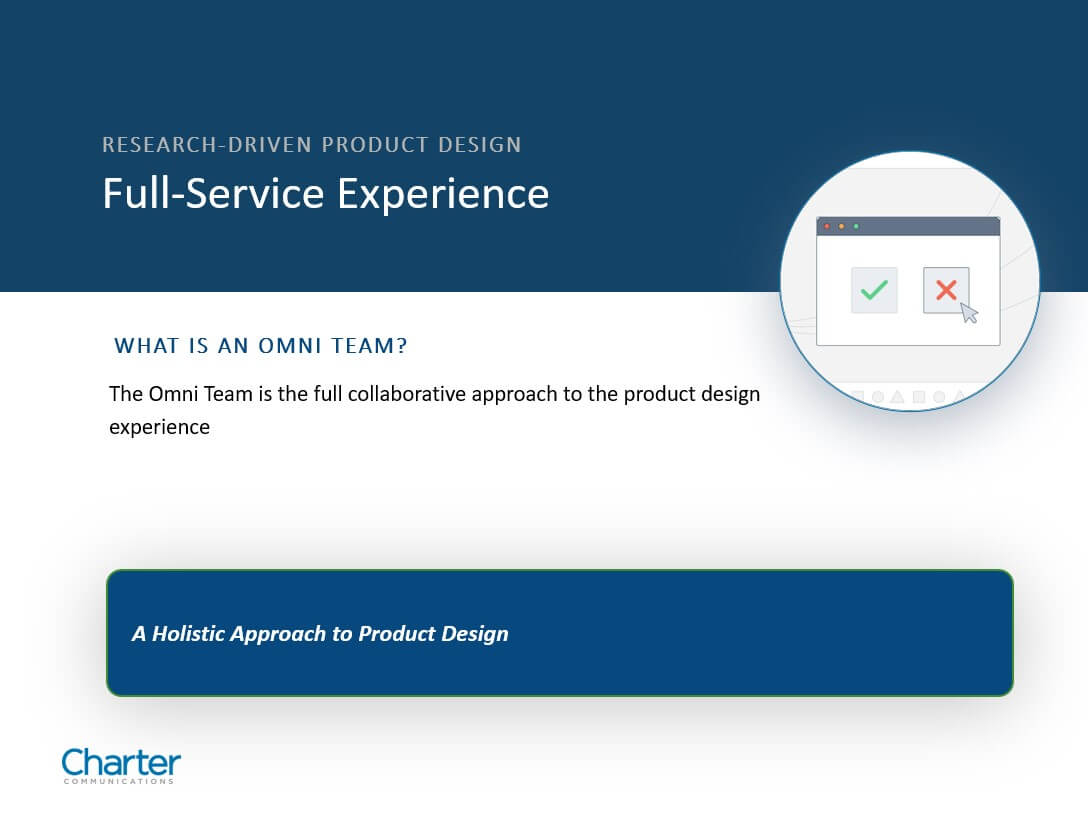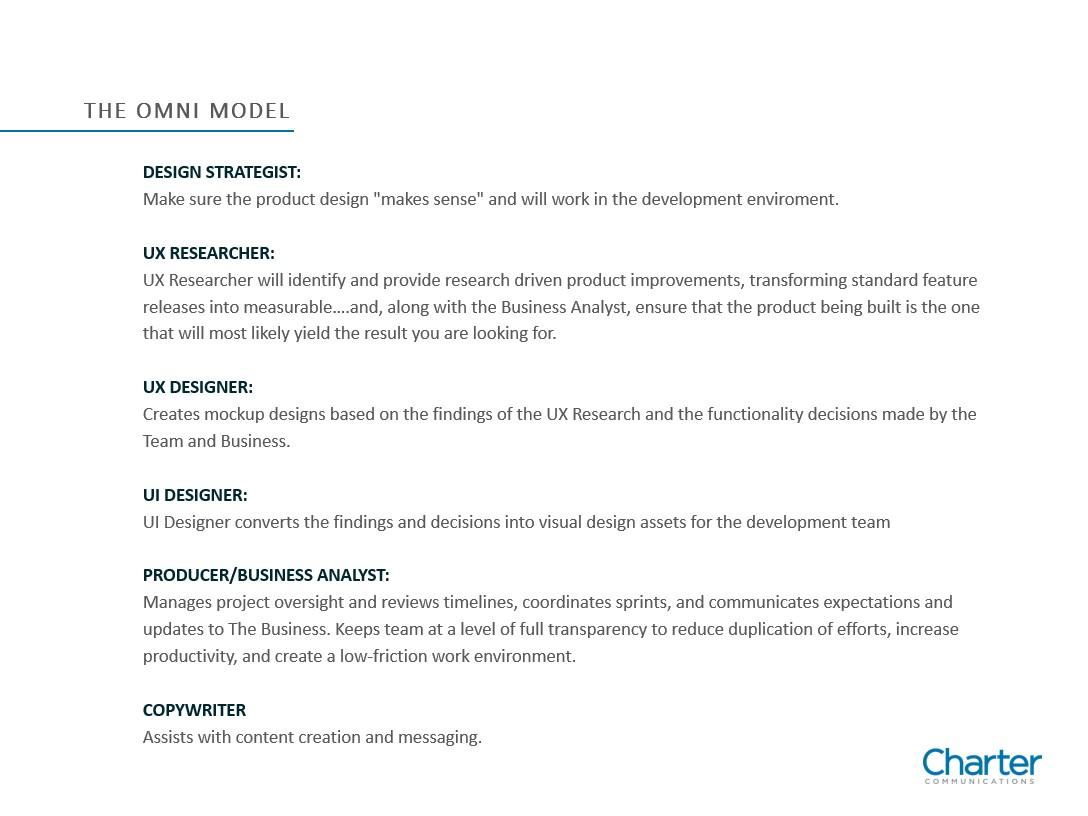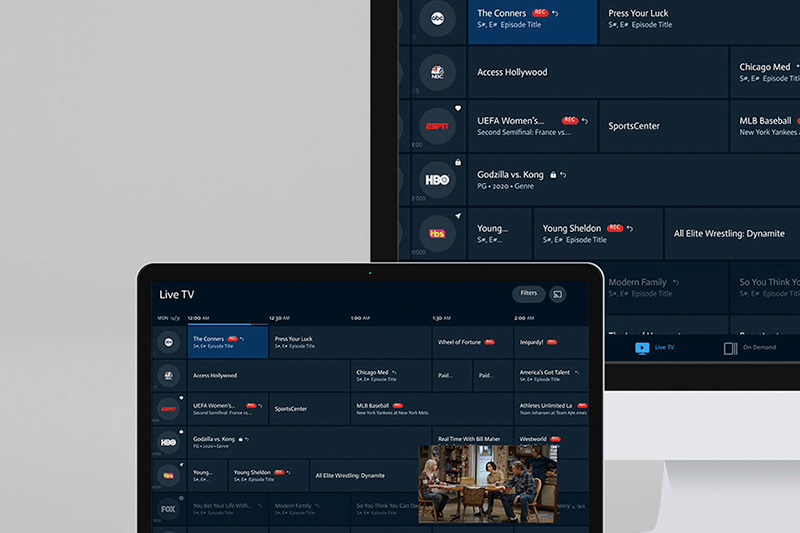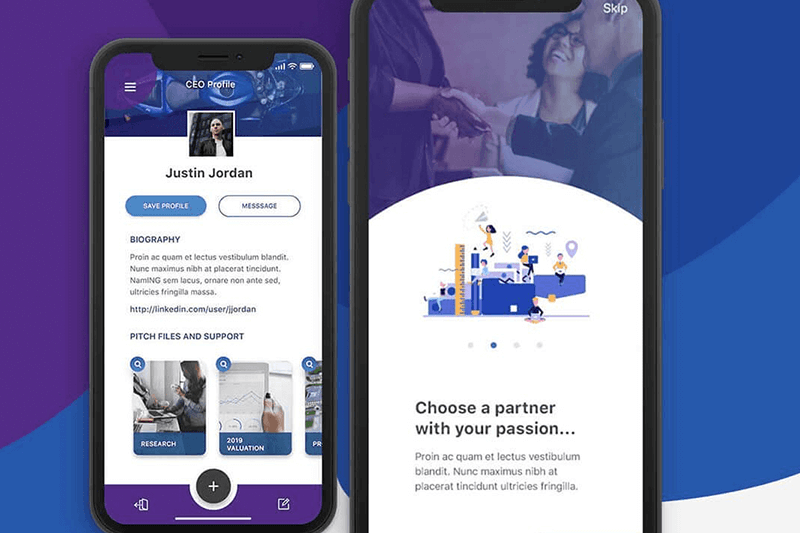Permitting for On-Site Installation Technicians
As Producer leading a cross-functional design team, I directed an enterprise initiative addressing Charter’s critical field operations challenge: permitting delays that kept technicians idle daily.
Eliminating Operational Bottlenecks: A Field Service Transformation Initiative
Year
2021
Contributions
Researched protocols
Identified barriers
Analyzed delays
Proposed solutions
Brand
Charter
Key Goals
Simplify permitting
Reduce tech delays
Improve efficiency
Facilitate smoother approvals
Project Overview
In an industry where optimal field technician productivity targets 85% billable time and 15-30% productivity improvements represent the difference between profitable and loss-making operations, this wasn’t merely a process improvement—it was a strategic imperative affecting thousands of daily installations across the nation’s second-largest cable provider.
Improving the permits process for TechMobile installation technicians. In this project, my goal was to transform the cumbersome permitting process for TechMobile technicians into a more efficient and streamlined system. The permitting process was a major pain point for technicians, causing significant delays in their work due to the need to obtain approval documentation and wait for digging permits before they could begin their tasks.
This wasn’t a minor process improvement—it was a complete reimagining of how field technicians could interact with government permitting systems that had caused significant operational bottlenecks.
The Challenge at Scale: Charter’s cable installation technicians faced a critical productivity drain: downtime metrics capture moments when technicians are stuck waiting—whether for their next assignment, the right parts, or just the info they need to get going. In our case, technicians were losing billable hours daily while waiting for digging permit approvals, a process mired in documentation requirements, municipal coordination, and approval delays that could extend for days or weeks.
My Leadership Role – As Producer, I managed a cross-functional product design team responsible for:
- Strategic Research Leadership: Directed comprehensive analysis of existing permitting protocols across multiple jurisdictions
- Team Coordination: Managed designers, researchers, and stakeholders through the discovery and solution design phases
- Barrier Identification: Led efforts to map complex regulatory landscapes and identify systemic bottlenecks
- Solution Architecture: Proposed an automated digital solution to streamline permit requests and provide real-time status updates
- Stakeholder Management: Navigated conversations with legal, compliance, and operations teams to balance innovation with regulatory requirements
Research: Understanding the Permitting Protocol
The first step of the project was to deeply understand how the digging permitting protocol worked in public works spaces and what factors caused delays for technicians. I conducted research into the various steps involved in the permitting process, focusing on identifying the key bottlenecks.
This included reviewing how permits were submitted, what documentation was required, and the standard waiting period between submitting a request and receiving approval. I found that technicians often faced significant downtime while waiting for permits, as the process was both slow and inefficient. My research highlighted the need for a system that could reduce wait times and provide technicians with real-time updates on permit statuses.
Economic Impact Analysis: Permit delays result in increased labor costs, extended equipment rentals incurring costs even when not in use, and material storage costs for extended periods Charter. For a company operating at Charter’s scale, these inefficiencies represented millions in potential annual losses.
Technician Workflow Mapping: I led ethnographic research observing how technicians actually experienced the permitting process in the field. We documented:
- Time spent completing manual paperwork
- Downtime between permit submission and approval
- Communication breakdowns between field technicians and municipal offices
- Lack of real-time visibility into permit status
Solution Requirements: Based on this research, I developed product requirements for a digital platform that would:
- Automate permit request submission
- Provide real-time status tracking
- Standardize documentation across jurisdictions
- Enable proactive communication with regulatory authorities
Outcome: Strategic Leadership in Complex Regulatory Environments
While the proposed solution ultimately could not be implemented due to insurmountable regulatory constraints—permitting issues involving proper permits and resolving violations can take weeks or months Charter—this project exemplified product leadership in highly regulated industries.
What I Delivered:
- Comprehensive Systems Analysis: Complete documentation of permitting workflows across multiple jurisdictions, identifying specific pain points and cost implications
- Stakeholder Alignment: Successfully brought together technical teams, operations leadership, legal counsel, and compliance experts to evaluate feasibility
- Risk Assessment Framework: Developed a clear understanding of regulatory barriers that informed future product initiatives
- Team Leadership: Managed a cross-functional team through ambiguity, maintaining momentum and morale despite evolving constraints
The Broader Impact: While this specific solution wasn’t implemented, the research informed:
- Training programs to help technicians better navigate existing permitting processes
- Documentation standards that reduced permit rejection rates
- Relationships with key municipal partners that improved communication
- Future product roadmap priorities that focused on regulatory-friendly improvements












